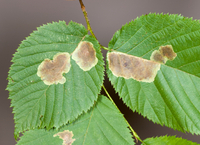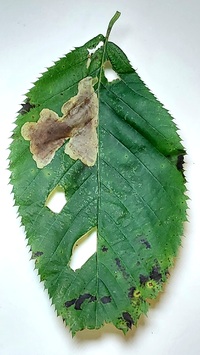
| Recorded by: Mark Basinger on 2025-08-15
Ashe Co.
Comment: | 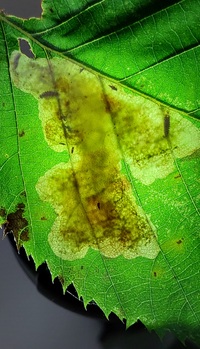
| Recorded by: Mark Basinger on 2025-08-15
Ashe Co.
Comment: |
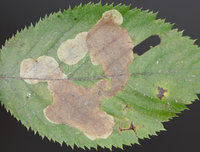
| Recorded by: Jim Petranka and Becky Elkin on 2024-08-21
Yancey Co.
Comment: | 
| Recorded by: Jim Petranka and Becky Elkin on 2024-08-21
Yancey Co.
Comment: |
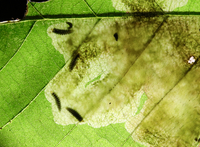
| Recorded by: Jim Petranka on 2024-07-29
Madison Co.
Comment: | 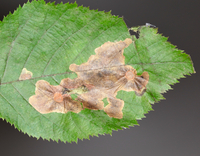
| Recorded by: Jim Petranka on 2024-07-29
Madison Co.
Comment: |

| Recorded by: Tracy Feldman on 2024-07-25
Chatham Co.
Comment: | 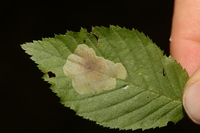
| Recorded by: David George, Becky Watkins on 2023-08-06
Orange Co.
Comment: |
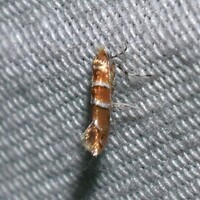
| Recorded by: David George, Stephen Dunn, Jeff Niznik, Rich Teper, Becky Watkins on 2023-07-30
Swain Co.
Comment: | 
| Recorded by: Jim Petranka and John Petranka on 2022-08-10
Watauga Co.
Comment: |
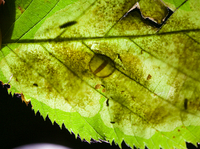
| Recorded by: Jim Petranka and John Petranka on 2022-08-10
Watauga Co.
Comment: | 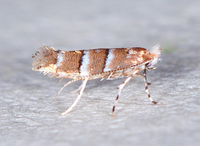
| Recorded by: Jim Petranka on 2022-07-07
Madison Co.
Comment: One of adults that were reared from mines on Hop Hornbeam; communal mines on June 18 with 3-5 larvae; two adults on July 7, 2022. |
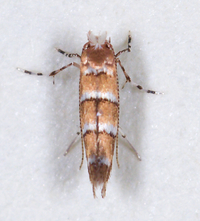
| Recorded by: Jim Petranka on 2022-07-07
Madison Co.
Comment: One of adults that were reared from mines on Hop Hornbeam; communal mines on June 18 with 3-5 larvae; two adults on July 7, 2022. | 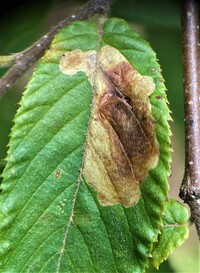
| Recorded by: Dean Furbish on 2022-07-04
Wake Co.
Comment: |
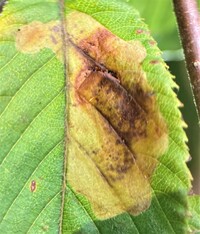
| Recorded by: Dean Furbish on 2022-07-04
Wake Co.
Comment: | 
| Recorded by: Jim Petranka and Becky Elkin on 2022-06-18
Madison Co.
Comment: |
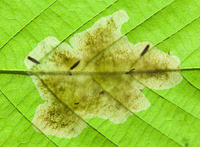
| Recorded by: Jim Petranka and Becky Elkin on 2022-06-18
Madison Co.
Comment: | 
| Recorded by: Tracy S. Feldman on 2022-06-03
Orange Co.
Comment: |
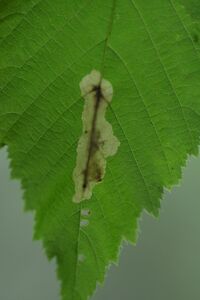
| Recorded by: Tracy S. Feldman on 2022-06-03
Orange Co.
Comment: | 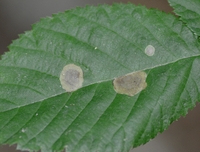
| Recorded by: Tracy S. Feldman on 2022-06-03
Orange Co.
Comment: |
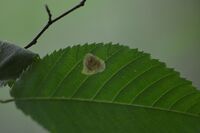
| Recorded by: Tracy S. Feldman on 2022-06-03
Orange Co.
Comment: | 
| Recorded by: Jim Petranka and Becky Elkin on 2022-04-20
Madison Co.
Comment: A reared adult from American Hop-hornbeam. Mine was collected on Sept 18, 2021; adult emerged on April 20, 2022 after overwintering in refrigerator. See companion photo of the mine from 2021-09-18. |
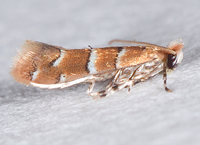
| Recorded by: Jim Petranka on 2022-04-15
Buncombe Co.
Comment: An adult that was reared from American Hop-hornbeam. | 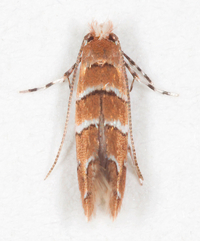
| Recorded by: Jim Petranka on 2022-04-15
Buncombe Co.
Comment: An adult that was reared from American Hop-hornbeam. |
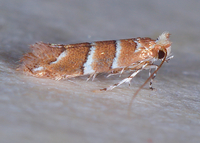
| Recorded by: Jim Petranka, John Petranka, Steve Hall, and Becky Elkin on 2022-04-03
Durham Co.
Comment: A reared adult from a mine on Carpinus caroliniana; mine on 2021-09-28; adult emerged on 2022-04-03 (see companion photo of the mine). | 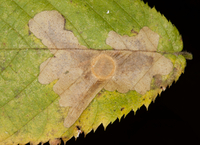
| Recorded by: Jim Petranka, John Petranka, Becky Elkin, and Sally Gewalt on 2021-12-05
Dare Co.
Comment: Occupied mines with niduses were on Ostrya virginiana. |

| Recorded by: Jim Petranka, John Petranka, Becky Elkin, and Sally Gewalt on 2021-12-05
Dare Co.
Comment: | 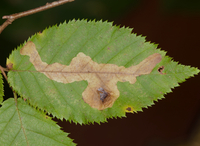
| Recorded by: Jim Petranka, John Petranka, Becky Elkin, Sally Gewalt on 2021-09-29
Durham Co.
Comment: |
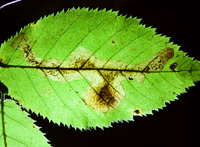
| Recorded by: Jim Petranka, John Petranka, Becky Elkin, Sally Gewalt on 2021-09-29
Durham Co.
Comment: | 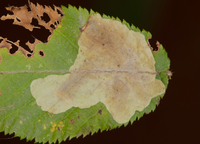
| Recorded by: Jim Petranka, John Petranka, Becky Elkin, Sally Gewalt on 2021-09-29
Orange Co.
Comment: |
|

 »
»

